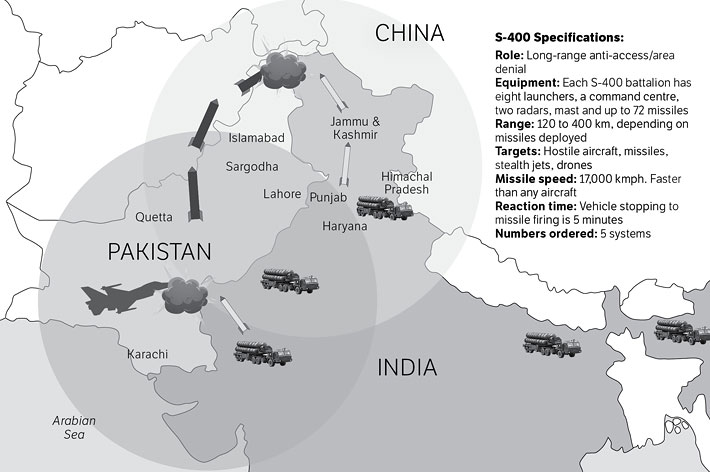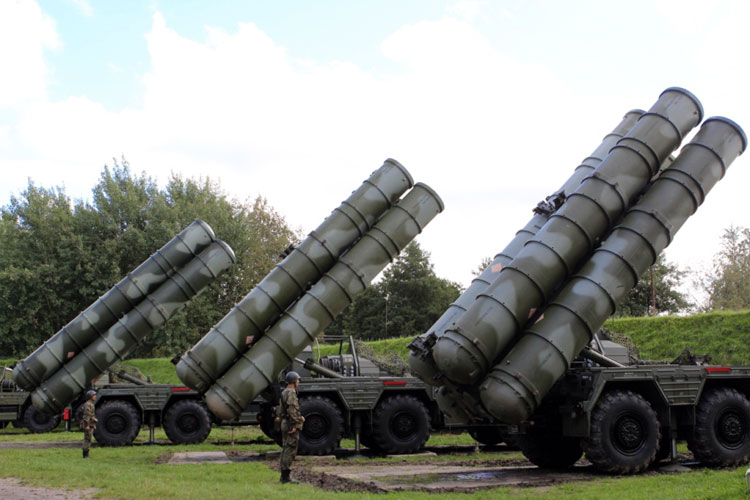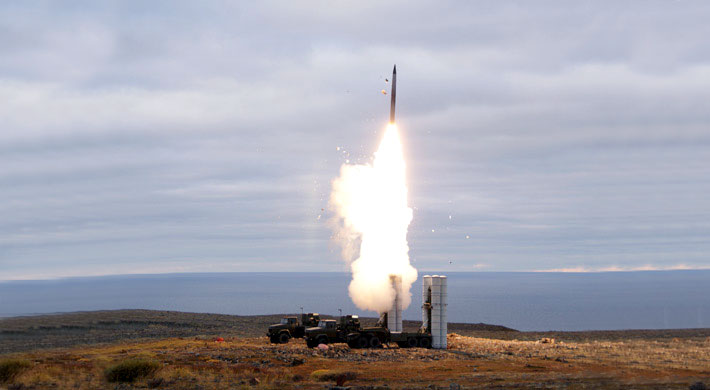INDIAN ARMED FORCES CHIEFS ON OUR RELENTLESS AND FOCUSED PUBLISHING EFFORTS

The insightful articles, inspiring narrations and analytical perspectives presented by the Editorial Team, establish an alluring connect with the reader. My compliments and best wishes to SP Guide Publications.

"Over the past 60 years, the growth of SP Guide Publications has mirrored the rising stature of Indian Navy. Its well-researched and informative magazines on Defence and Aerospace sector have served to shape an educated opinion of our military personnel, policy makers and the public alike. I wish SP's Publication team continued success, fair winds and following seas in all future endeavour!"

Since, its inception in 1964, SP Guide Publications has consistently demonstrated commitment to high-quality journalism in the aerospace and defence sectors, earning a well-deserved reputation as Asia's largest media house in this domain. I wish SP Guide Publications continued success in its pursuit of excellence.
- MoD initiates comprehensive review of Defence Acquisition Procedure 2020, pushes for defence reforms
- G7: The Swansong
- Kalinga Connect: South Asia to Polynesia
- Must Credit DRDO for Operation Sindoor, now what is next for defence R&D?
- The layered Air Defence systems that worked superbly, the key element of Operation Sindoor
- Operation Sindoor | Day 2 DGMOs Briefing
- Operation Sindoor: Resolute yet Restrained
Specter of CAATSA over S-400
 |
The Author is Former Director General of Information Systems and A Special Forces Veteran, Indian Army |

The ‘Countering America’s Adversaries Through Sanctions Act’ (CAATSA) is a US federal law that was passed in the US Senate on July 27, 2017. Under CAATSA, the US imposed sanctions on Iran, North Korea and Russia. Significantly, while signing the legislation into law, President Donald Trump stated he believed the legislation was “seriously flawed”. Through statements, Trump raised a number of constitutional objections to Congress's attempts to dictate his conduct of foreign policy, not just with Russia but also Iran and North Korea. He also blasted Congress for being unable to pass a health care bill, negotiating bad deals, and encroaching on presidential powers.
The latest country to be sanctioned under CAATSA is Turkey for acquiring the S-400 Missile System. India and Russia had inked a $5.43 billion deal for the S-400 Triumf 'SA-21 Growler' which is long-range surface-to-air missile (SAM) systems for the Indian Air Force (IAF). As per the contract, IAF is to get five Triumf regimental kits from Russia. In September 2020, Maria Vorobyova, official representative of the Federal Service for Military-Technical Cooperation (FSMTC) of Russia, told local media on sidelines of the ongoing Army-2020 International Military and Technical Forum in Russia, “The schedule of fulfilling the contract has been discussed in detail with the Indian partners, and the delivery of the first regimental batch is expected by the end of 2021.” She also said that Russia is ready to consider accelerating the delivery of the subsequent consignments.
It is no secret that the US has been periodically threatening India with CAATSA over India’s contract with Russia for importing the S-400s. India has said it is going ahead with importing the S-400s. CAATSA requires imposition of certain sanctions on persons/entities who knowingly engage in a "significant transaction" with the defence or intelligence sectors of Russia. The "significant transaction" part is ambiguous and can be interpreted at the discretion of the US. For that matter India approved a $4.25 billion deal with Russia for 21 x MiG-29 and 12 x Su-30 MKI aircraft in July 2020. Amid the ongoing India-China border standoff in Eastern Ladakh, Defence Minister Rajnath Singh had urged Russia to expedite the delivery of S-400s earlier this year.

With the US imposing sanctions on Turkey for importing the S-400 Missile Systems from Russia, there is speculation that once India imports these systems, the US perforce will impose similar sanctions on India under CAATSA. In this context, it is significant to note that after signing the Senate legislation on CAATSA into law, Trump had stated, “My Administration will give careful and respectful consideration to the preferences expressed by the Congress in these various provisions and will implement them in a manner consistent with the President's constitutional authority to conduct foreign relations…. Finally, my Administration particularly expects the Congress to refrain from using this flawed bill to hinder our important work with European allies to resolve the conflict in Ukraine, and from using it to hinder our efforts to address any unintended consequences it may have for American businesses, our friends, or our allies.”
President Joe Biden’s Administration in 2021 would do well to take into account the India-US strategic partnership which has developed way beyond the joint statement issued in June 2016 after the summit between Prime Minister Narendra modi and President Barak Obama that called the India-US relationship an “Enduring Global Partners in the 21st Century”. Today, the India-US bilateral cooperation is broad-based and multi-sectoral, covering trade and investment, defence and security, education, science and technology, cyber security, high-technology, civil nuclear energy, space technology and applications, clean energy, environment, agriculture and health.
In July 2019, the US Senate accorded NATO ally-like status to India recognising India’s importance in America’s national security and foreign policy perspective. This was after a meeting between Prime Minister Modi and President Donald Trump in June 2019 where they discussed wide ranging issues including cooperation in defence and security. This brings India on par with America’s allies like South Korea, Australia, Israel and Japan though India has not signed any defence pact with the US, only basic foundational agreements.

Before the US presidential elections, Joe Biden said in November 2020, “We’ll continue to value the US-India relationship...Fifteen years ago, I was leading the Senate Foreign Relations Committee with Republican Dick Lugar to approve the historic Civil Nuclear Deal between our nations and advance our technology sharing and defence cooperation. At the time, I said if the United States and India became closer friends, then the world will be a safer place…That's why if elected President, I will continue what I have long called for: The US and India will stand together against terrorism in all its forms and work together to promote a region of peace and stability where neither China nor any other country threatens its neighbours”, As US Vice President Biden told business leaders in Mumbai seven years ago that the US-India partnership was the “defining relationship of the 21st Century”.
There is no denying that for the US, NATO ally like status would prove useful to export armament technologies to India benefiting the American Military Industrial Complex (MIC) which has direct bearing on the US economy. But US arms exports to India recorded an over 550 per cent growth in period 2013-2017 period compared to the previous five years and US defence exports to India have accelerated further under the Trump administration. At the same time for the Biden Administration to expect India to sacrifice the age-old India-Russia relationship at the altar of Indo-US relations will be naive.
India can hardly forget Russian support during its campaign against East Pakistan and liberation of Bangladesh in 1971 in face of US siding with Pakistan and also that it is Russia that will sell India a nuclear submarine, aircraft carrier and other strategic systems for offensive operations. Finally, much that the America’s deep state in Capitol Hill may want to imposes sanctions under CAATSA on India for importing the S-400s, it will amount to negating US considering India an ally and will hurt America’s own strategic interests also.





